EFSA identifies the most relevant antimicrobial resistant bacteria in sheep and goats in the EU
The agency also points out the need for standardization and harmonization in national monitoring programs.
A study published by the European Food Safety Authority (EFSA) indicates which are the main bacteria resistant to antimicrobials that constitute a threat to the health of sheep and goats as they are responsible for transmissible diseases. Of the bacteria analyzed, Among those bacteria, EFSA identified E. coli with a certainty equal to or greater than 66% as the most relevant antimicrobial resistant bacteria in sheep and goats in the EU, based on the available evidence.
To carry out this study, clinical isolates of Staphylococcus aureus, Escherichia coli (not VTEC), Pseudomonas aeruginosa, Dichelobacter nodosus, Moraxella ovis, Mannheimia haemolytica, Pasteurella multocida, Mycoplasma ovipneumoniae, Mycoplasma agalactiae, Trueperella pyogenes, Streptococcus uberis, Bibersteinia trehalosi, Campylopmacter were taken. mycopmacteria. capri, Mycoplasma capricolum subsp. capricolum and Fusobacterium necrophorum. The evaluation was carried out following a methodology based on information collected through an extensive review of the literature and expert judgment. Their impact on animal health, as well as their eligibility to be listed and categorized within the framework of the animal health law, will be evaluated in separate scientific opinions.
The need for reliable data
Data on antimicrobial resistance (AMR) in bacterial pathogens are needed to improve animal health, promote the rational use of antimicrobials, and identify specific therapeutic challenges attributable to such resistance. Given the paucity of information available for pathogens in sheep and goats, there is a need for reliable antimicrobial susceptibility test data on pathogenic bacteria in sheep and goats in regions of the world where these species are abundant, which are obtained by using of standardized methodologies that allow comparisons between locations and over time. These data should be accompanied by sufficient metadata to allow meaningful interpretations (such as the age of the animals, previous antimicrobial treatments, and details of clinical presentation).
According to the EFSA report, only two national AMR monitoring programs included information on clinical isolates from sheep and goats of the pathogens of interest. Although there are limitations that make it difficult to compare the data reported by different countries, assuming that sampling and methodological biases are relatively constant over time for a given monitoring program, longitudinal data from national monitoring programs can be useful in detecting the potential emergence of new clinically important antimicrobial resistance phenotypes or changes in the proportions of resistance and thus help guide antimicrobial stewardship in sheep and goats.
Inclusion of pathogens in monitoring programs
Therefore, the inclusion of sheep and goat pathogens in the AMR monitoring programs of countries where small ruminants are relevant livestock species could provide very valuable information, especially in the case of the main bacterial pathogens that contribute to respiratory diseases. in sheep and goats (P. multocida and M. haemolytica), as they are the main drivers of antimicrobial use on farms.
In the future, the standardization and harmonization of the methodology used by national monitoring programs, including the selection criteria for the collection of bacterial isolates and the performance of antimicrobial susceptibility tests, or the development of supranational monitoring systems, would allow comparisons. more significant between countries. Furthermore, access to the raw test data generated by such programs could allow an analysis of data from different countries using the same laboratory methods and interpretation criteria, and facilitate the identification of geographic differences in the distribution of specific resistance phenotypes. to antimicrobials in clinically relevant cases.


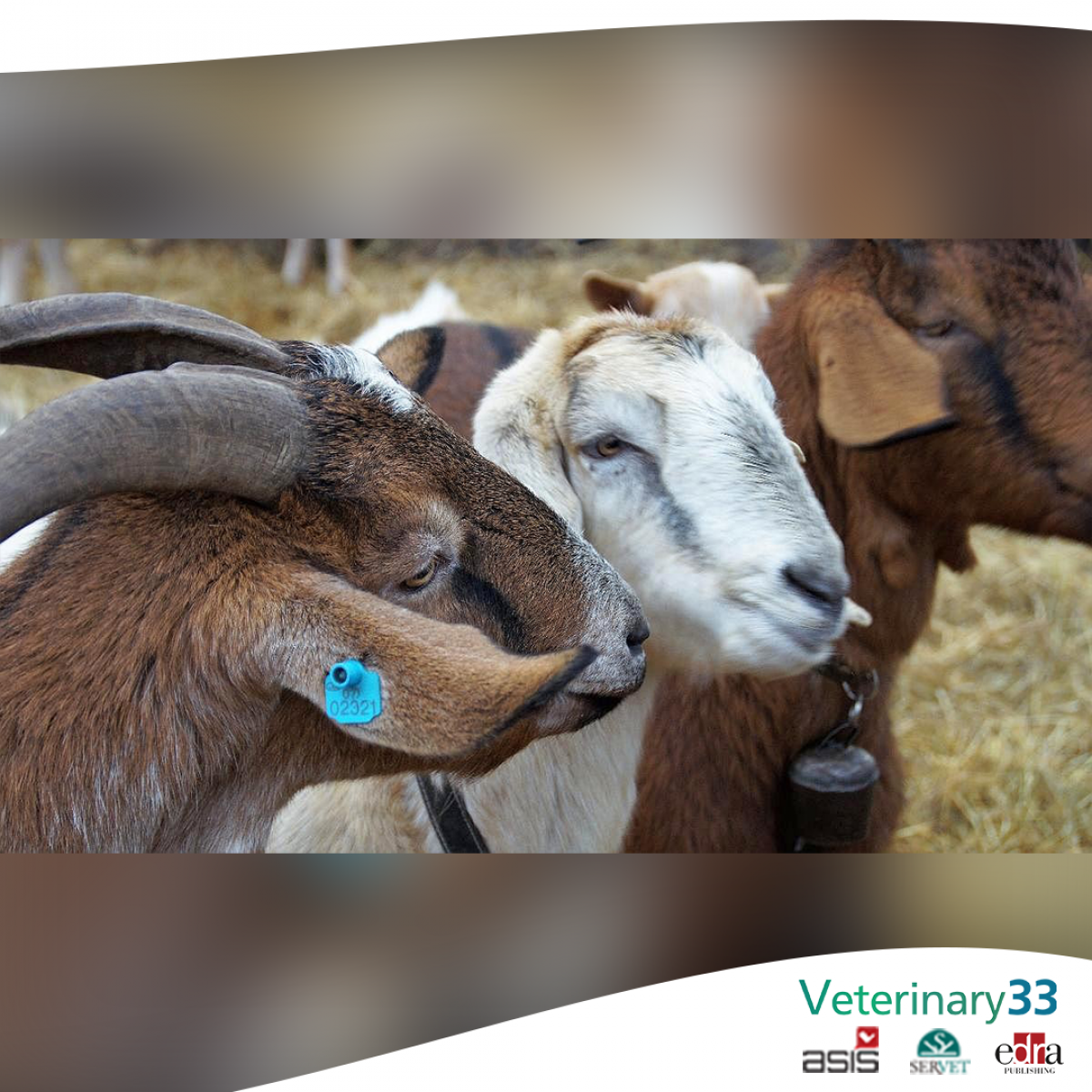

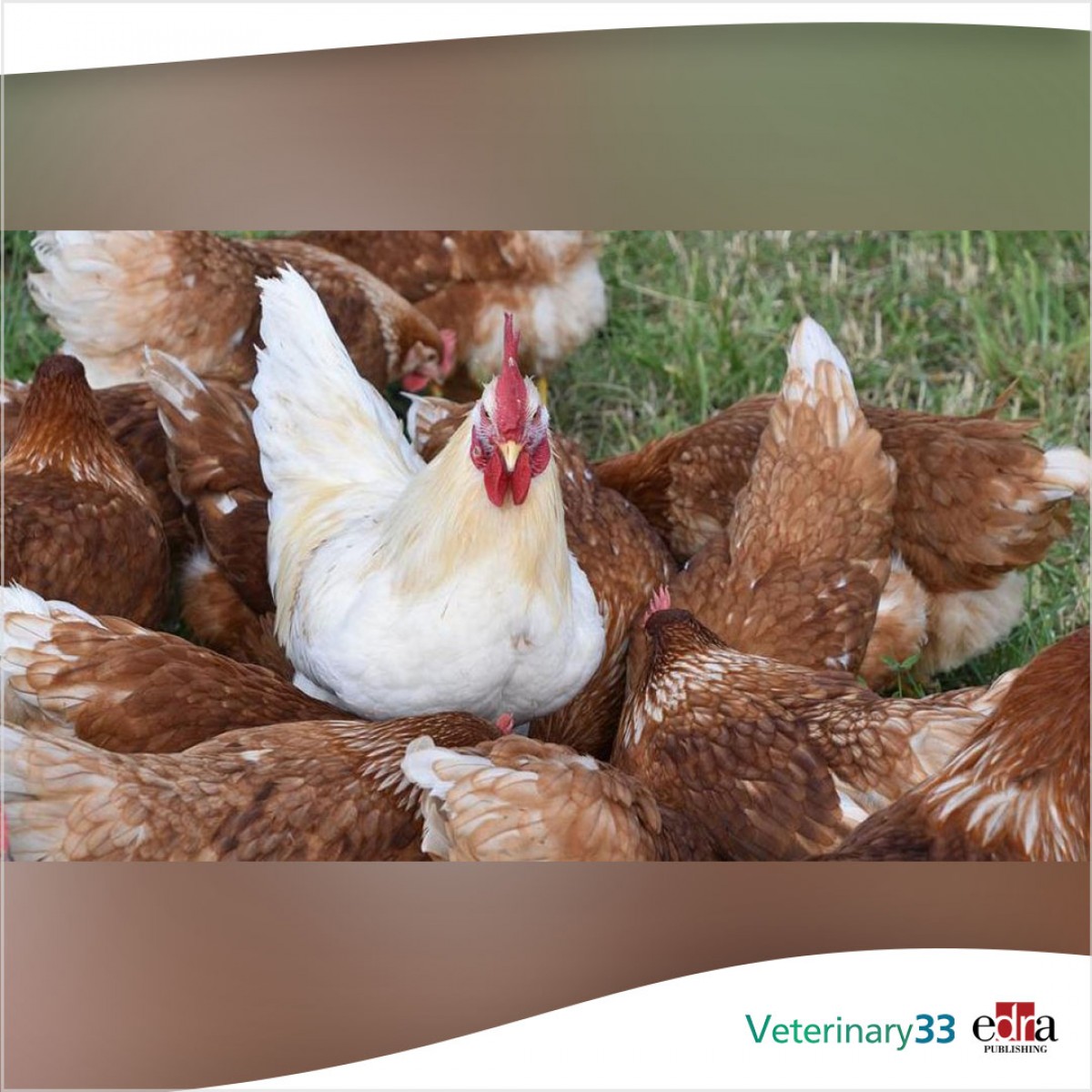
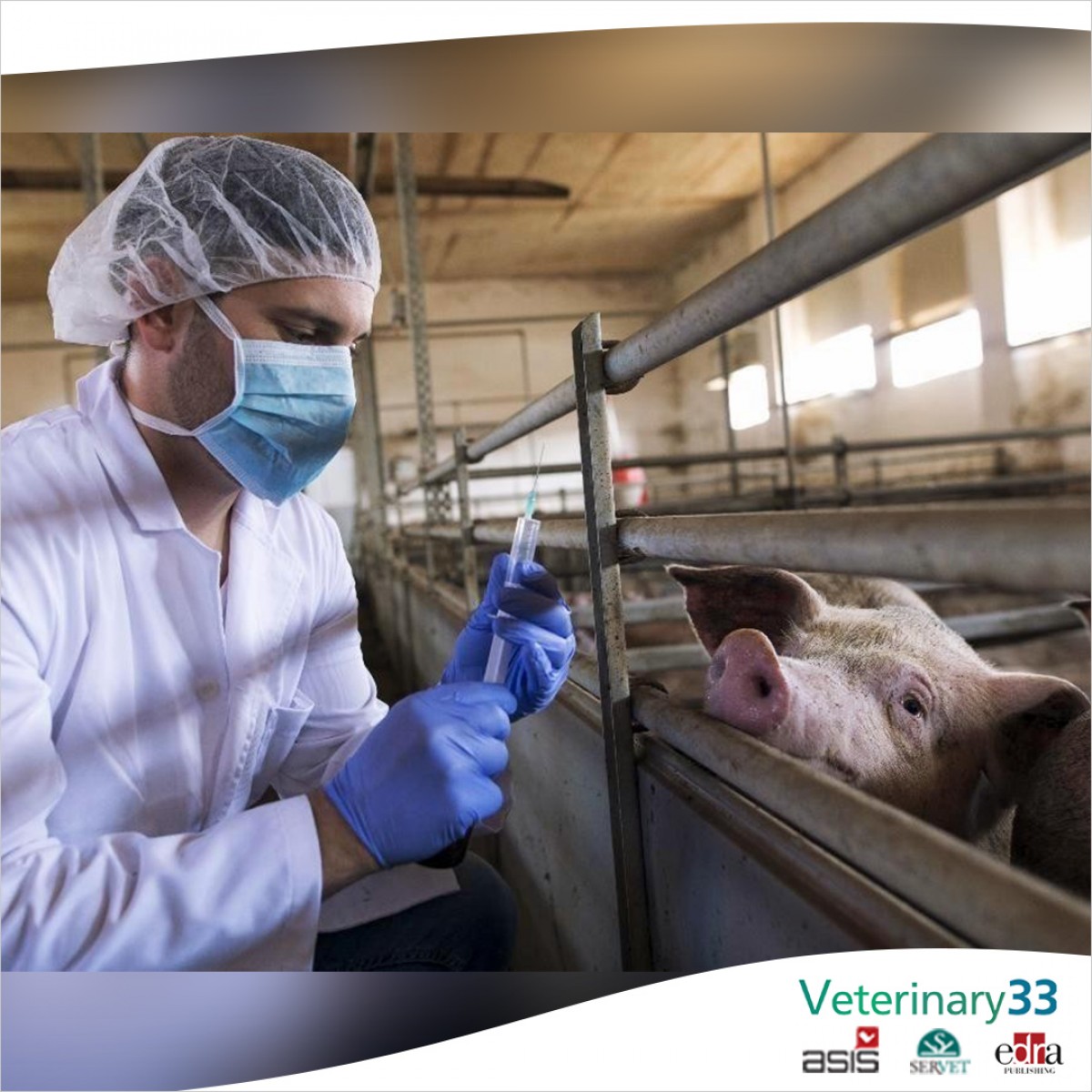
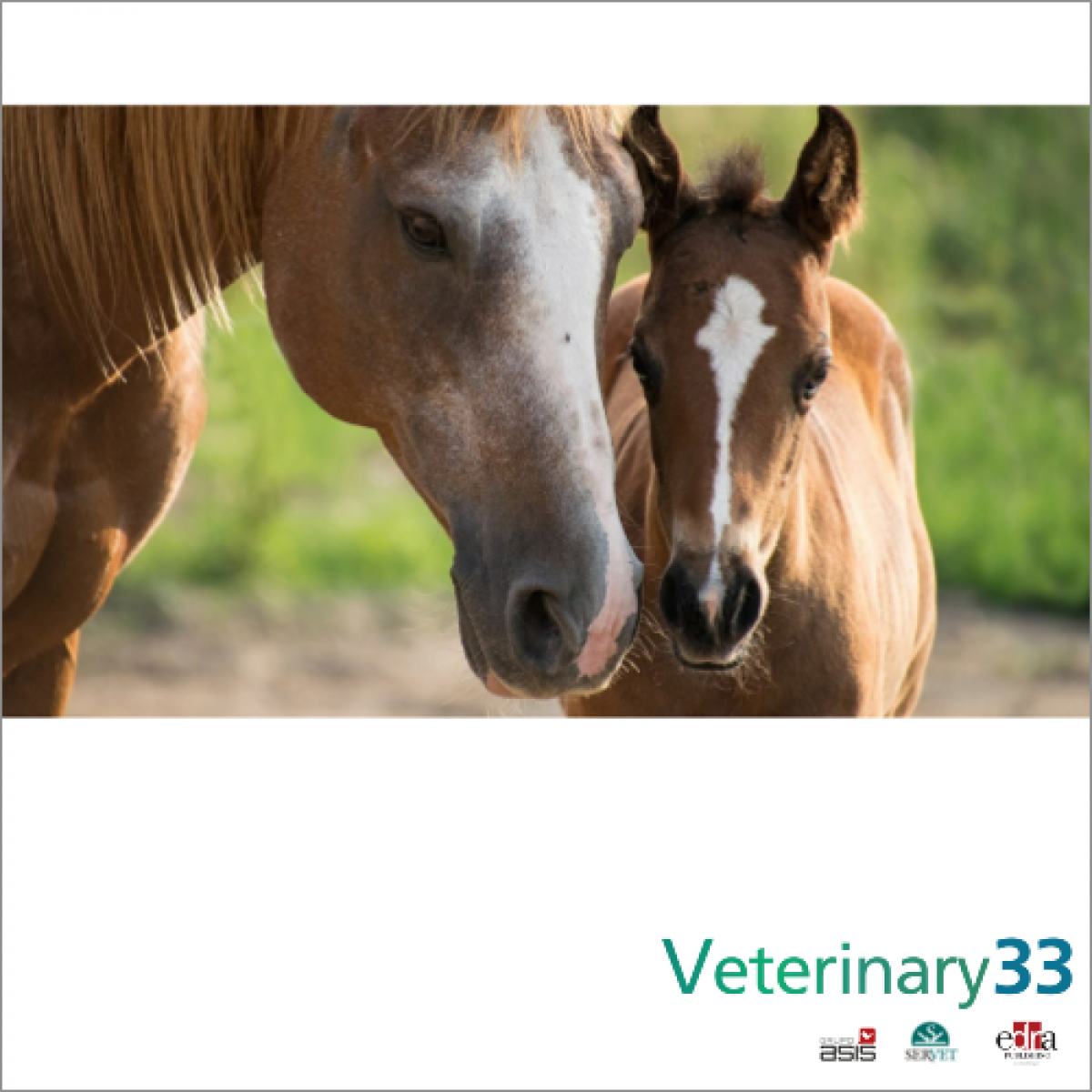

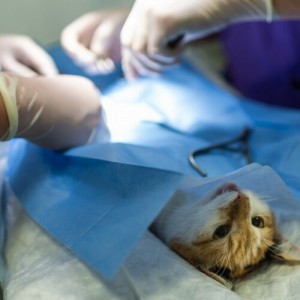
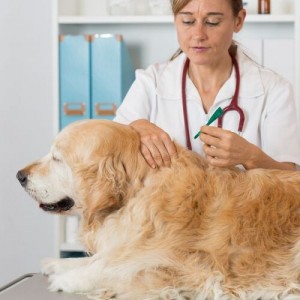

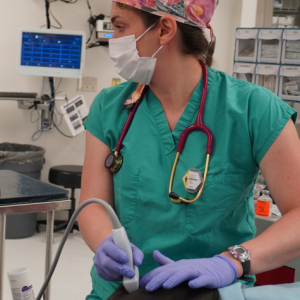

List
Add
Please enter a comment